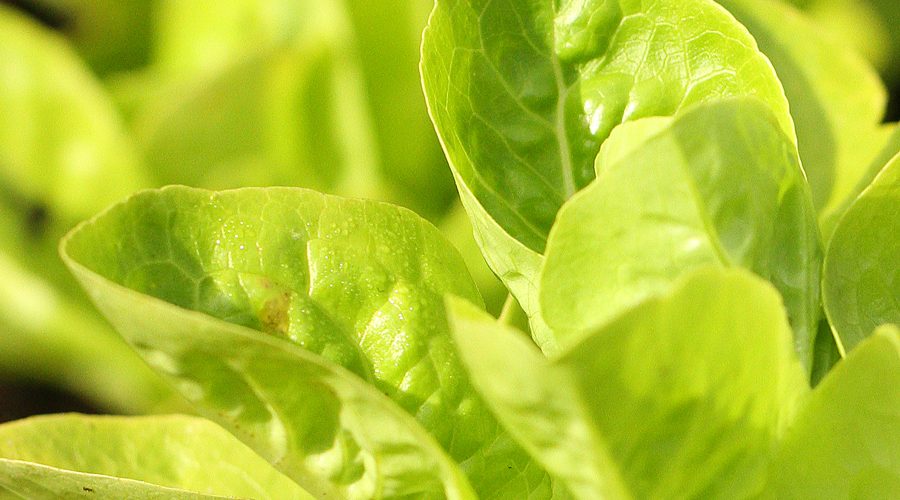Spinach and chard leaves are great to grow over the colder months and with warm enough temperatures they will give you lovely leaves to harvest right the way through to spring. To get the most of these autumn planted veggies, you first need to understand the way plants “overwinter”.
Some autumn-planted veg grow nice and quickly, and if planted early enough in autumn they should reach maturity before the temperature drops significantly in November (obviously we are speaking very generally here as the weather in the UK is not exactly the most predictable) and will be ready to harvest in Nov/Dec. These include the likes of turnips, some salad leaves and lettuces and kale.
Other autumn-planted veg take a little longer to grow, and once planted early in the autumn they’ll get growing well, but when the colder temperatures settle in they will, more or less, stop growing and wait out the winter until the early days of spring arrive. They pick off where they left off and get growing again and will be ready to harvest in early or late spring. Veg plants that do this include green sprouting broccoli, spring onions, spring greens and winter lettuces, perpetual spinach and chard.
As you can see, that temperature drop in November is really significant. As soon as it hits, growth in the veg patch slows down and most plants take a bit of a breather from actually growing. They just sit there doing not a lot until early spring.
When it comes to growing spinach and chard, and many of the other slow-growers (winter lettuces etc) you can cheat slightly. You just need to do your best to avoid that temperature drop for your plants to carry on growing steadily through winter. Any combination of the following will help:
- Plant as early on in autumn as possible – if the plants reach maturity before November then you can harvest outer leaves during November and December. Or harvest some plants whole in November/December and leave others in the ground until spring, to be used as cut & come again leaves.
- Grow them in a greenhouse or polytunnel (make sure doors/windows are shut) or even in a conservatory.
- Pop a cloche over the plants.
- Use a layer of horticultural fleece blanket overnight to keep plants warm on cold nights.
- Add a thick mulch around the base of the plant to help keep the soil around the roots warmer.
- Keep soil well watered if growing under cover – moist soil warms up during the daytime faster than dry soil.

